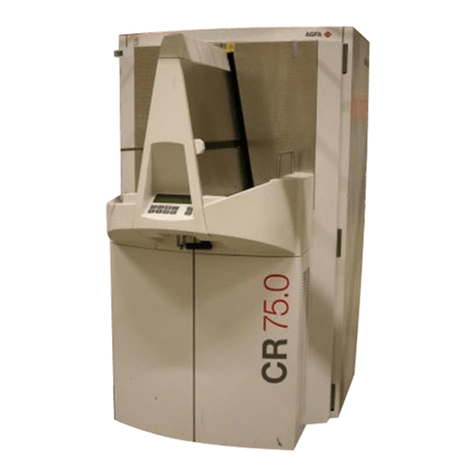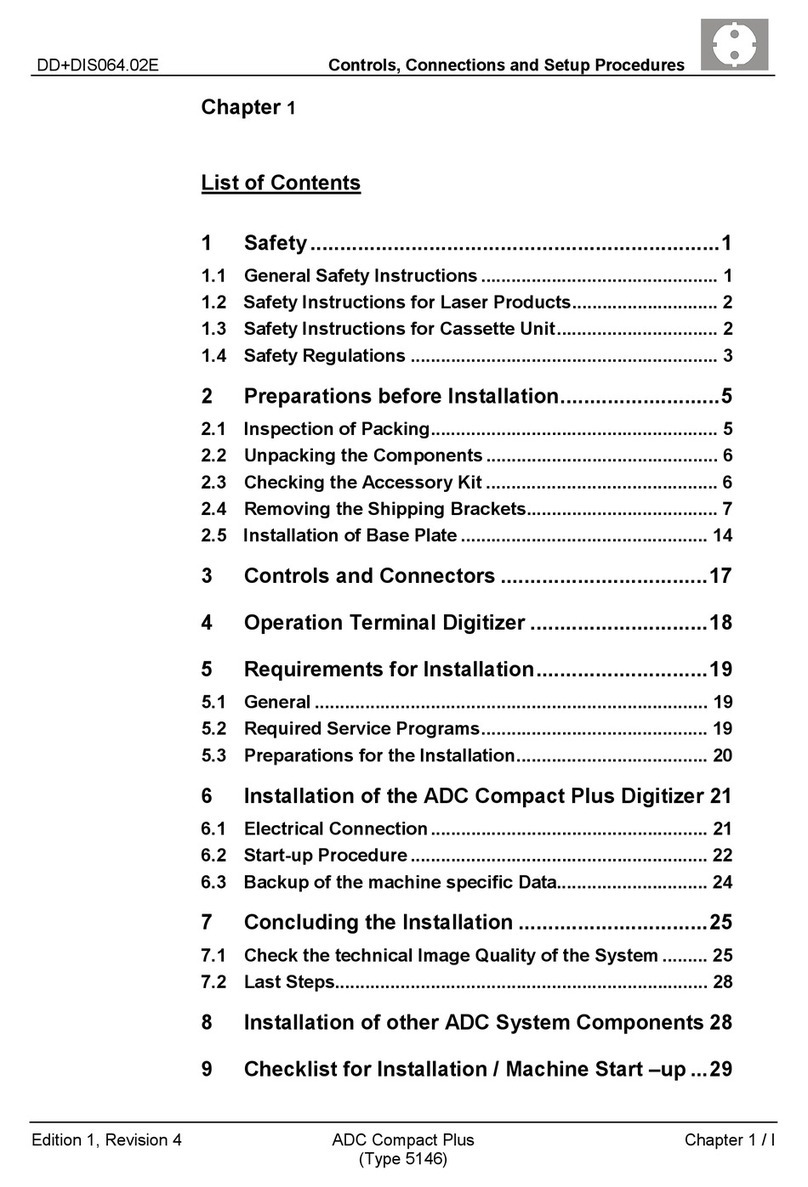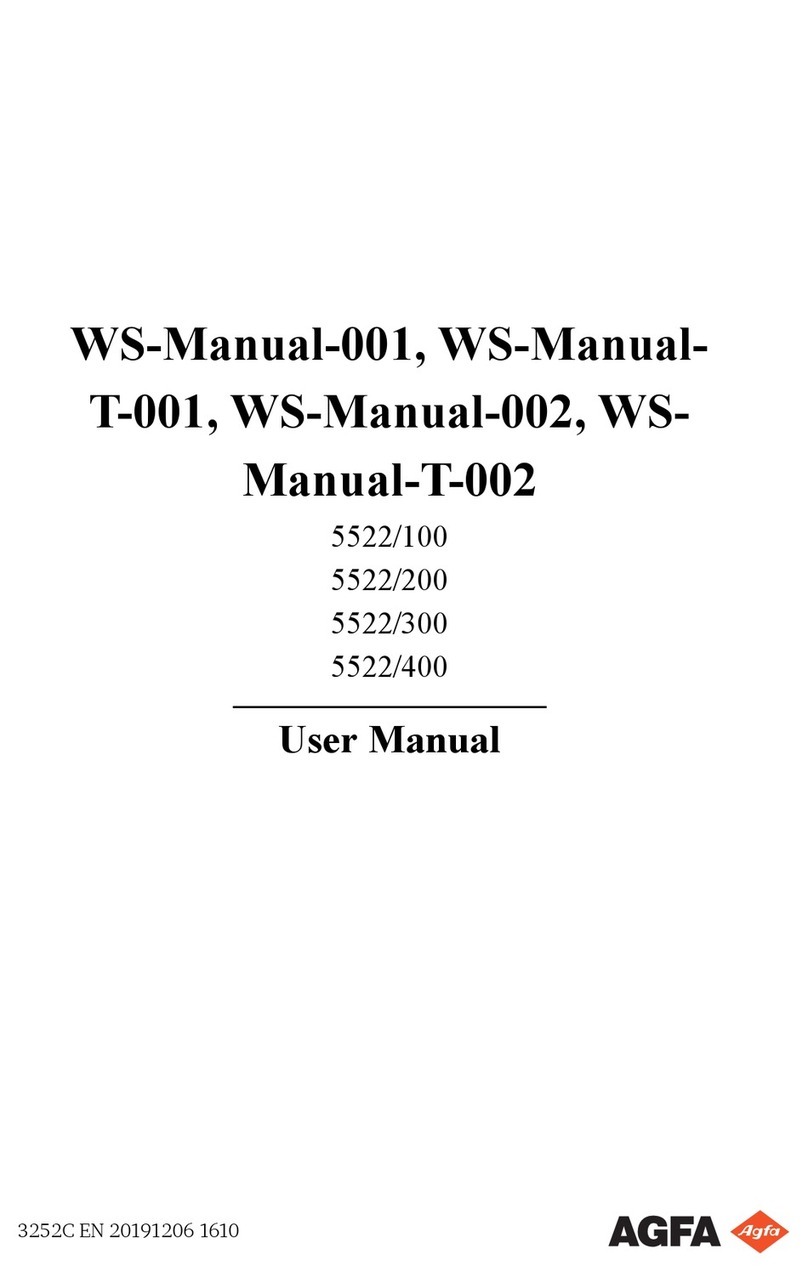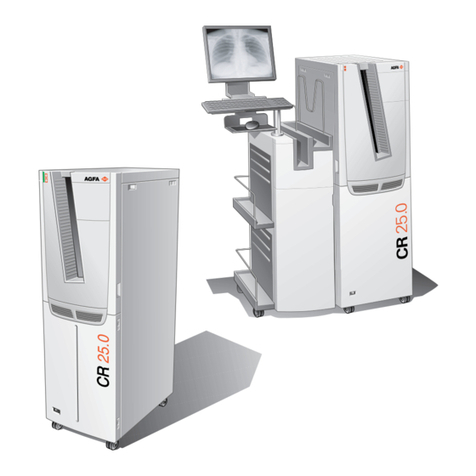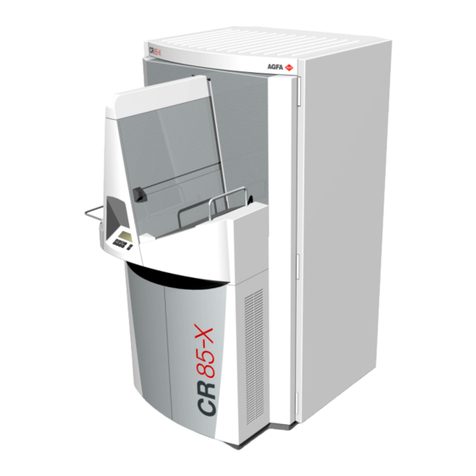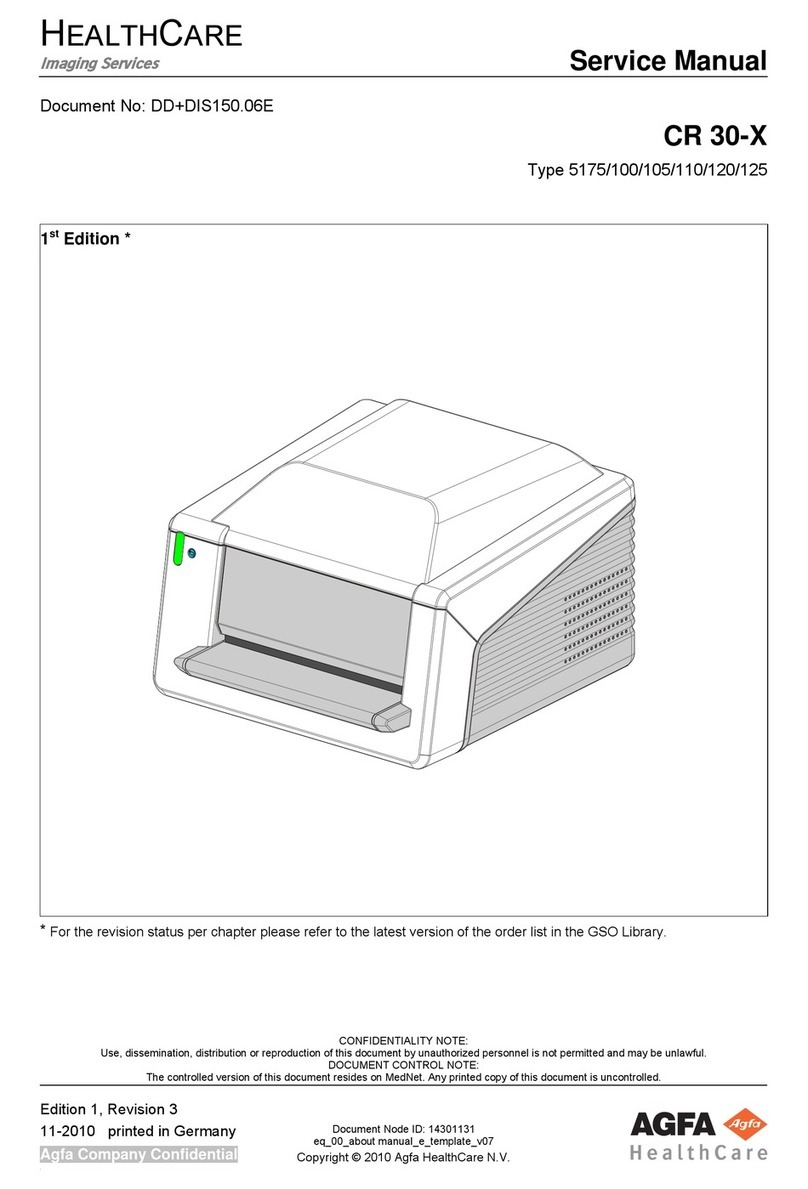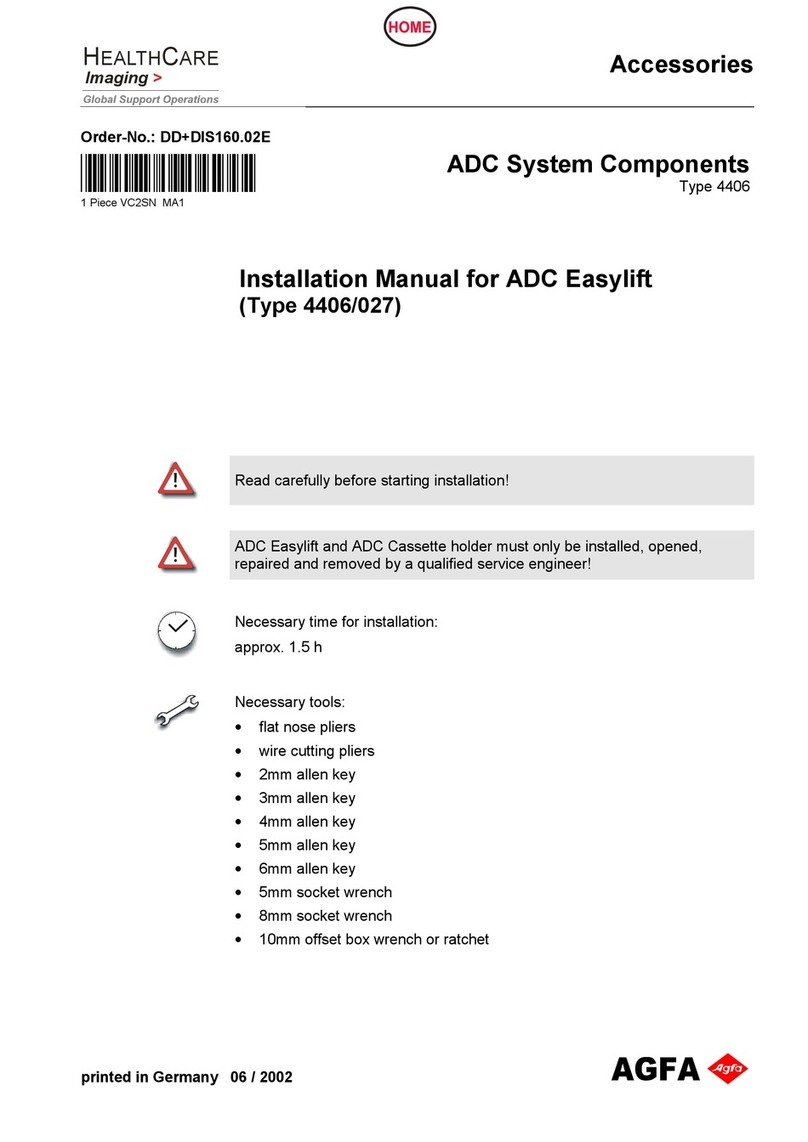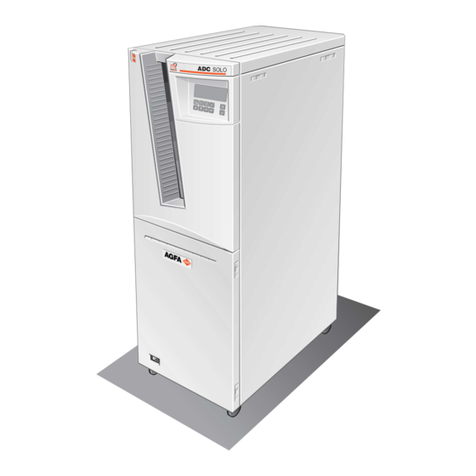
DD+DIS014.02E Maintenance
Edition 2, Revision 8 ADC Compact Section 12 / I
(Type 5145 / 100/101/140/200/201/240)
Section 12:
List of contents
1Safety ........................................................................1
2General Information .................................................2
2.1 Maintenance Frequency.......................................................... 2
2.2 Required Time..........................................................................2
2.3 Required Tools ........................................................................3
2.4 Required Cleaning Material ....................................................3
2.5 Required Spare Parts .............................................................. 3
3Maintenance Step by Step ....................................... 4
3.1 Diagnostics ..............................................................................4
3.1.1 Questioning of the customer ..............................................................4
3.1.2 Infocounter Analysis...........................................................................4
3.1.3 How to evaluate the Infocounter.........................................................4
3.1.4 Visual Check......................................................................................5
3.2 Inside ........................................................................................6
3.3 Cassette Unit............................................................................6
3.4 Power Unit................................................................................ 6
3.5 VME Rack ................................................................................. 7
3.6 Scan Unit..................................................................................8
3.7 Transport Units........................................................................8
3.8 Erasure Unit ............................................................................. 9
3.9 Cassettes ............................................................................... 11
3.10 Image Plates...........................................................................11
4Checking the Image Quality...................................12
4.1 Test Cycles.............................................................................12
4.2 Exposure of a Flatfield ..........................................................12
4.3 Evaluation of a Flatfield ........................................................15
5Completion of Maintenance................................... 16
Maintenance Checklist
